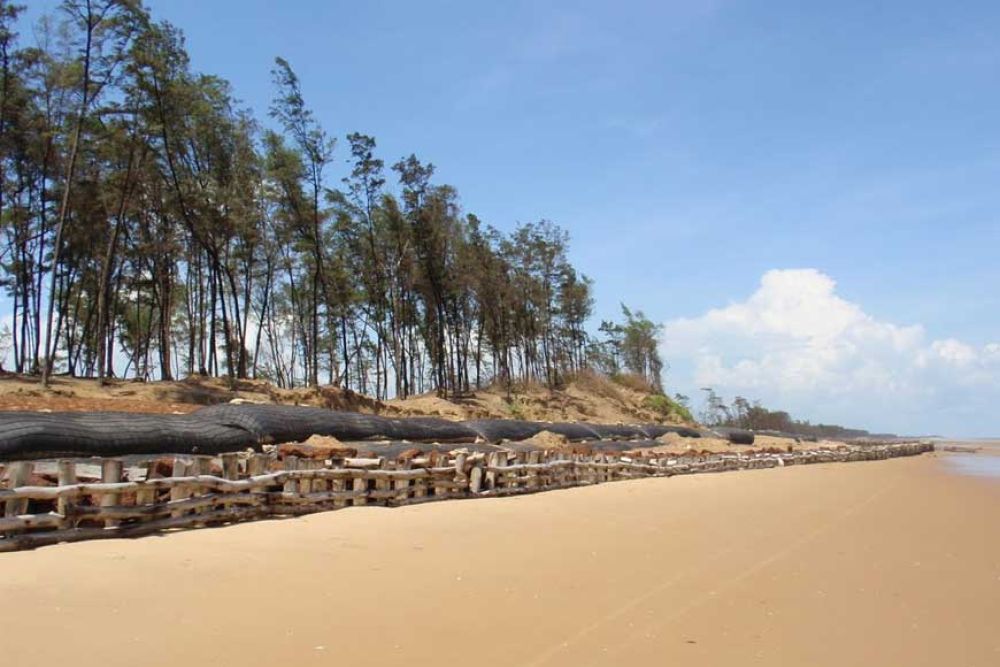

Located in the Eastern Indian state of West Bengal, Shankarpur is a beach village near Digha that has captured the hearts of many travelers seeking solace away from the hustle and bustle of city life. Shankarpur Beach offers its visitors a less commercialized and more peaceful alternative to the popular beaches in the region.
Historically, the Digha region, including Shankarpur, remained relatively untouched by large scale tourism until the mid-20th century. It was the vision of John Frank Snaith, an English businessman, in the late 1920s that saw potential in Digha as a beach resort. Following suit, Shankarpur, which lies approximately 14 kilometers east of Digha, gradually started to emerge on the travel maps.
The natural, unspoilt beauty of Shankarpur with its stretches of palm-fringed beaches, crystal clear waters, and tranquil setting became a significant draw for those who discovered it. Initially, it was the favored destination for locals, and over the years, it began to attract tourists from other parts of India as well.
With the growth of tourism in Digha, Shankarpur began to see more development in terms of accommodation and infrastructure. Small hotels, resorts, and guesthouses started springing up catering to the needs of visitors. The West Bengal Tourism Development Corporation (WBTDC) also invested in the improvement of tourist facilities, ensuring that while development took place, the pristine nature of the beach was preserved as far as possible.
Presently, Shankarpur is being marketed as an eco-tourism spot with an aim to protect its unique coastal ecosystem while promoting sustainable tourism. The introduction of adventure sports, beach festivals, and local seafood culinary experiences is adding to the allure of the destination.
Recent trends indicate that tourists are increasingly looking for destinations that offer not just relaxation but also authenticity and the opportunity for unique experiences. Shankarpur caters to this need by being a less crowded beach that provides a glimpse into the local way of life, cultural practices, and opportunities to engage with the community. With the current desire for offbeat and responsible tourism, Shankarpur stands as a promising locale maintaining a balance between growth and ecological conservation.
As Shankarpur continues to evolve as a tourist destination, it faces the challenge of balancing development with environmental concerns. Responsible tourism initiatives and local community involvement are critical in shaping the future of Shankarpur as a sustainable travel destination. Efforts to promote green practices in resorts and reducing the carbon footprint of tourism activities are some of the ways this balance can be achieved.
In conclusion, the history of tourism in Shankarpur is relatively recent compared to other destinations, but it is making strides in becoming a sought-after locale for travelers who wish to enjoy the untouched beauty of West Bengal's coastal areas. With careful planning and sustainable tourism practices, Shankarpur has the potential to be a leading example of an eco-friendly beach getaway in Eastern India.